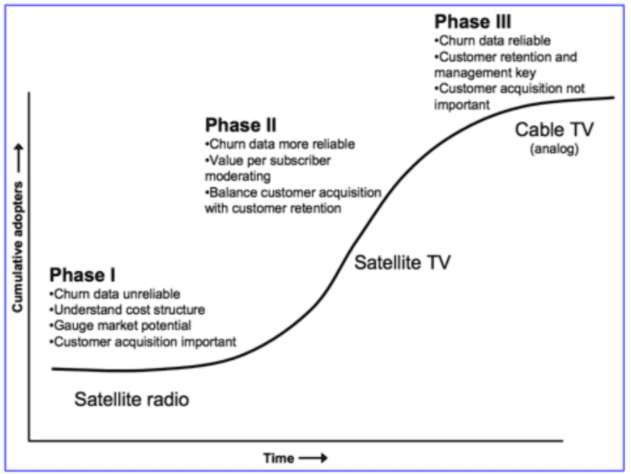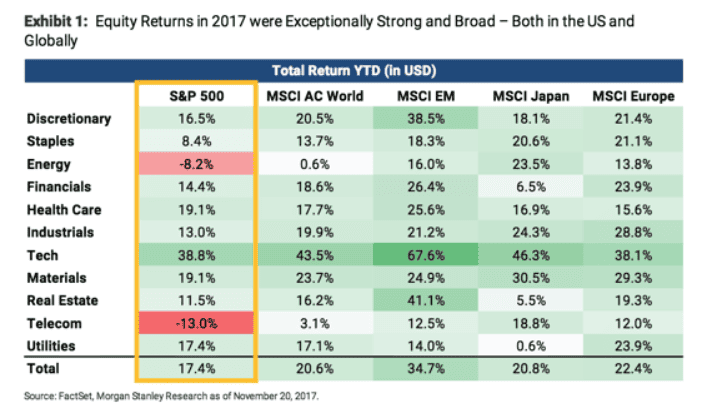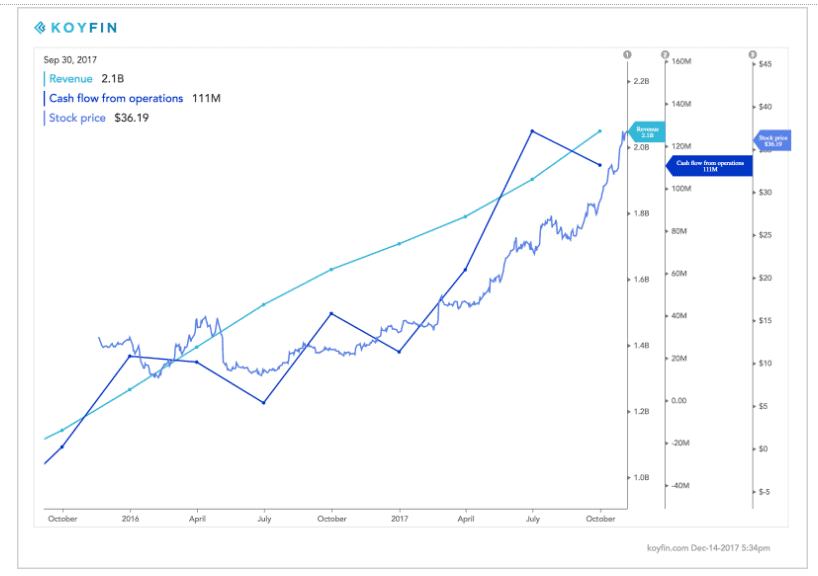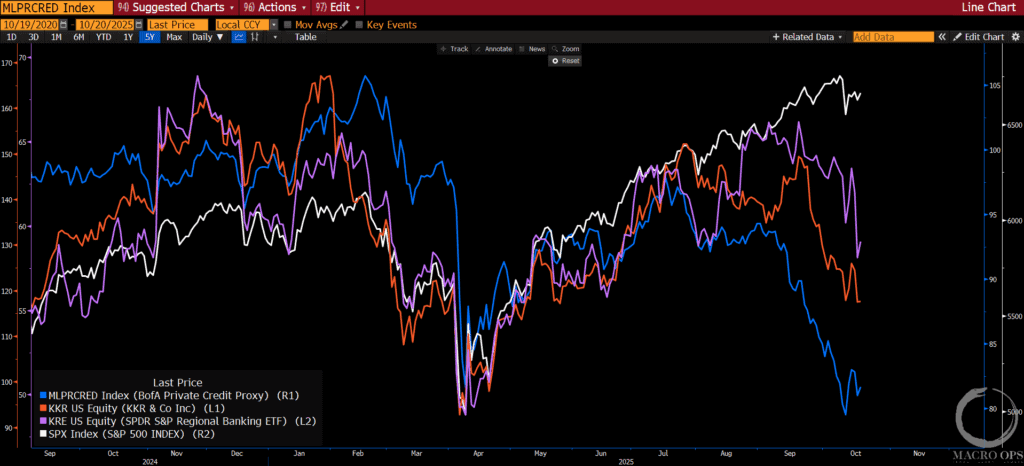Alex here with this week’s Macro Musings.
As always, if you come across something cool during the week, shoot me an email at alex@macro-ops.com and I’ll share it with the group.
Recent Articles/Videos —
A Repricing In The Oil Market — We reiterate our bullish call for the energy space.
Fox, Disney, and Netflix — AK covers the deal that just went through and what it means for Netflix. He also thoroughly expresses his love for Bob Iger…
Articles I’m reading —
The New Yorker put out a really great long form piece on Jim Simmons, the founder of the secretive money machine, Renaissance Technologies. The article focuses more on Simmons’ current philanthropy work and less on his trading background or information about Ren-tech, but it’s a fascinating read nonetheless.
When reading the article it becomes very apparent how much smarter Simmons is than you (at least that was my take away) which is why he’s worth $18.5B. But I’ve always been fascinated by Ren-tech and how a hedge fund, staffed by physicist and linguists (not MBAs), has continuously produced one of the best performance records in the business. Apparently, they do this by looking for relationships in all types of esoteric data, or what they call “ghosts” in the system. I can’t remember where I read it, but one example they’ve given was looking at how the weather in Paris at the time of the market open effected stock prices in NYSE or something… Interesting stuff.
Here’s an excerpt from the piece and the link.
On a wall, Simons had hung a framed slide from a presentation on the Chern-Simons theory. He helped develop the theory when he was in his early thirties, in collaboration with the famed mathematician Shiing-Shen Chern. The theory captures the subtle properties of three-dimensional spaces—for example, the shape that is left if you cut out a complicated knot. It became a building block of string theory, quantum computing, and condensed-matter physics. “I have to point out, none of these applications ever occurred to me,” he told me. “I do the math, they do the physics.”
High-level mathematics is a young person’s game—practitioners tend to do their best work before they are forty—but Simons continued to do ambitious mathematics work well into adulthood. In his sixties, after the death of his son Nick, who drowned in Bali in 2003, he returned to it. “When you’re really thinking hard about mathematics, you’re in your own world,” he said. “And you’re cushioned from other things.” (Simons lost another son, Paul, in a bike accident, in 1996.) During these years, Simons published a widely cited paper, “Axiomatic Characterization of Ordinary Differential Cohomology,” in the Journal of Topology. He told me about his most recent project: “The question is, does there exist a complex structure on the six-dimensional sphere? It’s a great problem, it’s very old, and no one knows the answer.” Marilyn told me she can tell that her husband is thinking about math when his eyes glaze over and he starts grinding his jaw.
If you want to learn more about Simmon’s background, Numberphile has a solid interview with him which you can find on Youtube, here.
Not sure where I came across this one (maybe someone on twitter shared it?) but it’s a paper Michael Mauboussin did years ago titled The Economics of Customer Businesses. I try to read everything by Michael but I don’t think I had seen this one before. It’s good.
Here’s the link and an excerpt.
Not market related, but here’s a cool article where the author uses statistical analysis, similar to the sabermetrics used in baseball, to determine who’s the most effective battlefield general in history. Any guesses? (Hint: he’s French). Here’s the link.
Lastly, here’s an interesting pitch deck by @Find_Me_Value where he shares some of his stock selection process and presents a bull thesis for CMCSA and CHTR (link).
Video I’m watching —
The GOAT aka Stanley Druckenmiller went on CNBC this week to talk markets, tax reform, and bitcoin. Here’s the link to the full 30 minute video, it’s worth watching in its entirety.
Here’s what I found to be the most interesting takeaways:
- Druck remarked that he thinks the Senate’s version of the tax plan would be more bullish for markets in 2018 than the House’s version. This is because the corporate changes wouldn’t take effect until 2019 versus 2018, which would drive a boom in CAPEX next year because businesses could then expense these investments in 19’, under the proposed changes.
- He noted how he finds it ironic that crypto bros are made up of mostly environmentalists but within the next two years the bitcoin network will require over half the US’s annual energy consumption just to maintain its network. Not exactly a green currency.
- He likes the FANGs and made the interesting point that despite AMZN’s high stock price it’s only selling at 3x revenues, which when compared to its growth, is fairly reasonable. And FB, for example, is trading at a PEG of 1x. He argues that people shouldn’t be focusing on their PE multiples but instead their future earnings potential because these companies are under-earning intentionally as they invest in growth and in widening their moats.
Book I’m reading —
I recently finished reading The Way of the Dollar by John Percival. It’s one of the best trading books I’ve come across in a while. It’s out of print and I couldn’t find a hard copy anywhere, and I looked (let me know if you know of a place where I could get one). The only version I could find was a digital one on hung up on some website. Here’s a link to a landscape view of the book which you can just print out, like I did, or read it on your computer.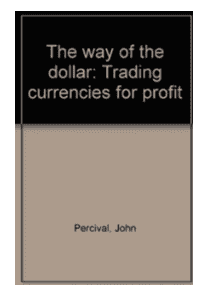
John was the man behind Currency Bulletin (CB) which was a popular FX newsletter back in the day. The book is primarily about CB’s methodology for trading the currency markets but it’s filled with timeless trading wisdom that apply to traders of any market, such as this cut:
In all markets, price extremes are usually attended by a consensus that the trend, be it up or down, will continue; and by a peak of speculation in line with the trend. Hence the excruciating paradox of financial markets, that sentiment is most bullish at the peaks when prices have only one way to go which is down; and most bearish at troughs vice versa: at the top there’s no-one left to buy, and at the bottom no-one left to sell.
This paradox is absolutely central to the working of all financial markets and we need all the help we can get to understand it so thoroughly that it becomes part of our nature. The more bullish things are, the more bearish they are. Bullishness is born as hope in the midst of despair. Hope swells to confidence and confidence swells to euphoria, and the process contains the seed of its own destruction and the birth of its opposite, fear. Fear is nurtured by falling prices and the two feed on themselves until they swell to despair. And so the cycle is completed and ready to begin again with the birth of hope. This is both the way things are and the way they have to be. We haven’t understood the process until we have grasped that. The despair creates the price trough: the price trough creates the despair. The price extreme is the definition of the extreme of despair, which is in turn, by definition the moment when hope comes to prevail; hope feeds and is fed by rising prices until the peak of price and euphoria leave prices with only one way to go, which is down.
This circular process underlies every price fluctuation in free markets from the smallest one measured in seconds or minutes to the largest measured in years or decades. So it has always been and so it will always be, because it must be. The ancient Chinese symbol called T’Ai-chi T’u or “symbol of the ultimate reality”, more commonly known as the yin yang symbol, is delightfully appropriate to the way markets are — and uncannily appropriate to the way currency markets are.
It’s a quick read and well worth your time.
Chart(s) I’m looking at —
This is a chart showing the calendar monthly returns for the S&P 500 going back to 1987. If you look at the top row, showing this year, you’ll notice that it doesn’t look like any of the other years — there’s no red. The market has already set a record for the most consecutive up months and if it closes in the green in December it’ll mark the first calendar year where there were no losing months.
This is pretty amazing, especially when you consider the near total absence of volatility. The index has now gone something like 70 days without even a 1% swing in price. This is abnormal…
And what’s even more interesting is that these “good times” aren’t unique to the US.
Look at this chart showing sector returns across the world. Nearly EVERY THING IS GREEN. And not by a little, but a lot. In that CNBC Druck interview, Druck recalled how one market commentator had said “this year, all you had to do was get out of bed and you made money” to which Druck replied, “well, I guess I got out of the wrong side of bed” (he’s had one of his worst trading years, ever).
It’s been a tough market for macro traders. But… like all things in life, there’s a season for everything, and this period of volatile-less melt up won’t persist forever. And as Percival wrote “Hope swells to confidence and confidence swells to euphoria, and the process contains the seed of its own destruction and the birth of its opposite.”
Trade I’m looking at —
I’ve been waiting for an entry into Square (SQ), the payments tech company run by Jack Dorsey. The stock is off 25% from its highs and is battling with its 50day moving average, which has been a key level of support in the past.
Here’s TTM revenues and free cash flows. Sidenote: this chart is from KoyFin which is a great new financial data platform created by a buddy of mine. Check it out, it’s free.
This is a momentum swing trade. I want to see price strongly close above both the 50 and 10-day moving averages before putting on a position. And we may see one more sharp move lower before that happens.
Quote I’m pondering —
I’ll leave you with two quotes; one timely and one timeless.
At a late stage, speculation tends to detach itself from really valuable objects and turn to delusive ones. A larger and larger group of people seeks to become rich without any understanding of the processes involved… swindlers and catchpenny schemes flourish. ~ Charles Kindleberger
And
The Perfect speculator must know when to go in; more important he must know when to stay out; and most important he must know when to get out once he’s in. ~ Jay Gould

